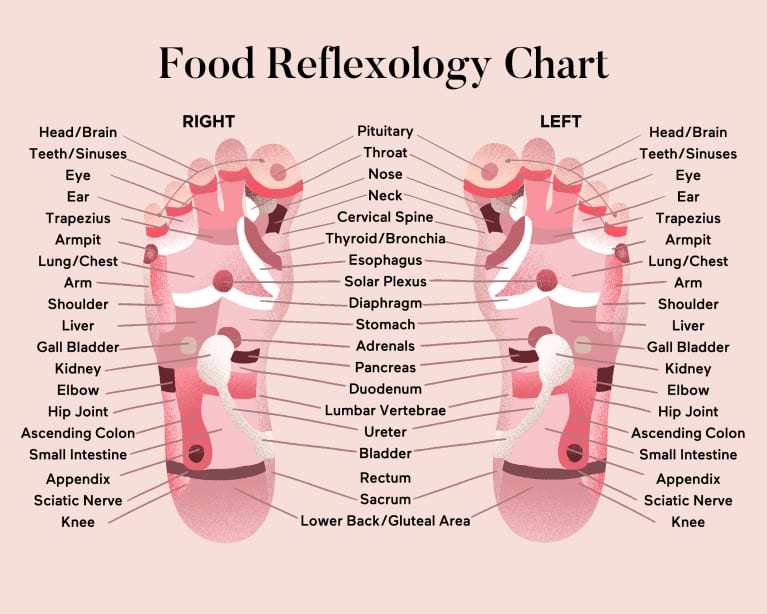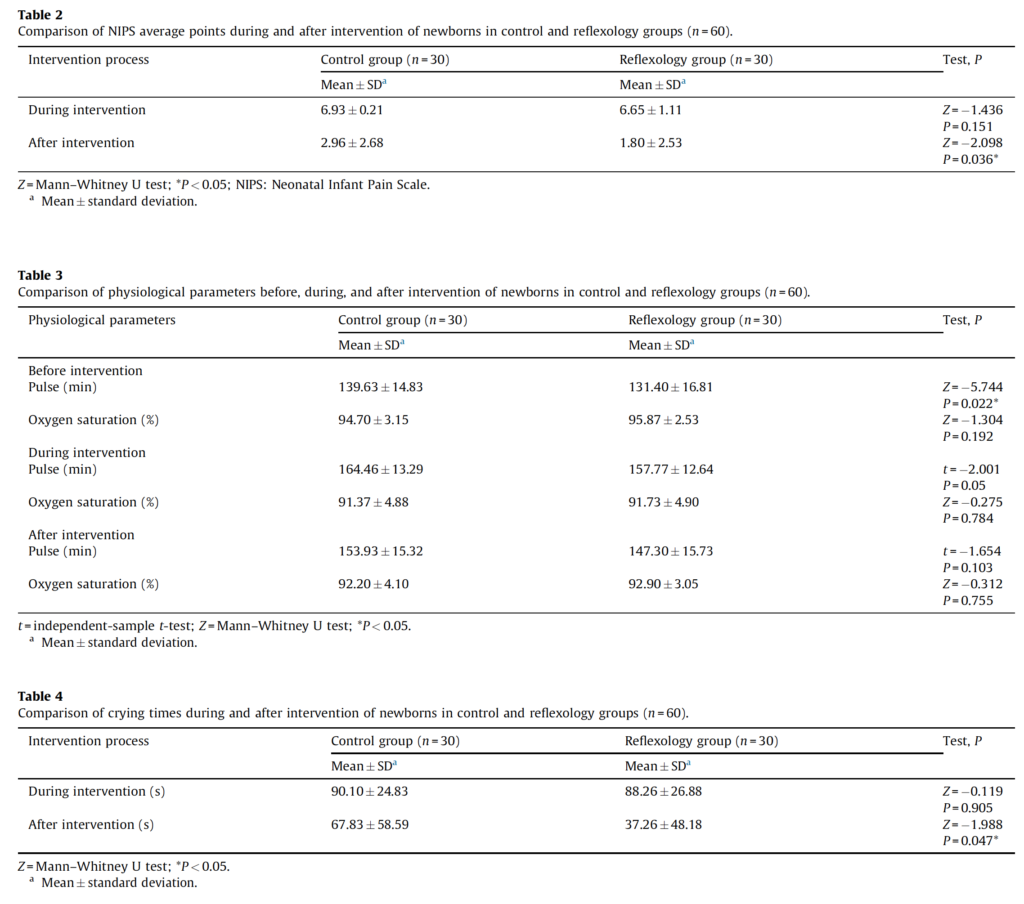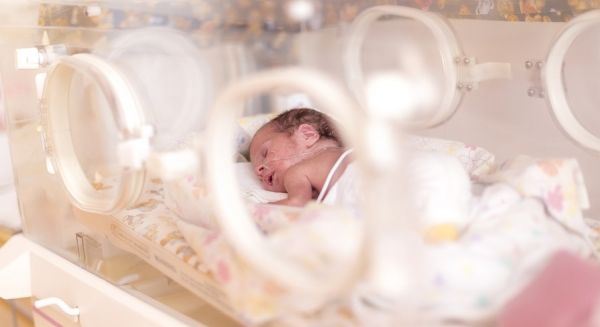Every now and then something unconventional comes to my attention. Management of pain is something that I have written about before and have been a proponent of things such as kangaroo care and breastfeeding to help improve responses to pain from common procedures like heel lances. Foot reflexology is a practice that is based on the notion that there are pressure points on our bodies that if pressed can elicit internal reactions in our organs. A map of such points for the foot is shown below.

There are strong proponents of this practice and I have to admit I was taken once for a session myself as a gift from someone. At the very least I felt like it was a good massage although the pituitary point of my big toe was a little to painful as I recall to endure. Whether or not my pituitary health benefited from this I guess I will never know.
What about foot reflexology for heel lances in NICU?
This is the question that a Turkish group of researchers decided to look at in their paper The effect of foot reflexology on procedural pain before heel lancing in neonates. The authors used what they called a quasi-experimental design in which they took 30 healthy neonates and provided them with foot reflexology for 20 minutes prior to heel lance vs 30 neonates who just had the heel lancing without prior reflexology. These again were healthy term neonates with a BW from 2500-4000g who were all breastfed for up to 30 minutes before the heel lance. For the reflexology group they received 15-20 minutes of reflexology while being held in their mother’s arms. The Neonatal infant pain scale was used before, during and after the procedure and was interpreted by viewing videos of the neonates by two nurses blinded to the groups that the babies were in. Although the study was not randomized this step at least attempted to remove bias from the interpretation of the facial expressions.

Analyzing the Results
From the above tables there are a few things the authors would like your attention drawn to. The first is that during the heel lance the pain scores were the same but afterwards babies who had reflexology had lower pain scores that were significantly so. The issue though with this is the scores themselves since it is a difference that while statistically significant is of unlikely clinical impact. For the NIPS scores, a score over 3 is suggestive of pain. Given that the control arm is 2.96 and the reflexology 1.80 with wide confidence intervals I am not sure if we can say these babies were in a lot of pain. During the procedure which is when I would have hoped to see a difference in pain scores there is none and with scores close to 7 for both groups let’s not kid ourselves. These babies were in pain with and without reflexology.
Looking at physiological changes there were none that came out as significant although after the intervention as with the NIPS score the heart rates were a little lower in 154 vs 147 but again what clinical significance is this?
Interestingly, crying afterwards was much less and just reached significance but again is this real or just a fluke finding given how many things they have looked at?
Finally, the big issue I suppose I have here is that the control group was not held by the mother prior to the intervention as they were in the reflexology group. I think it would have given some strength to the study had mothers held their infant in the control group for 15-20 minutes prior to the heel lance. Not sure why that wasn’t done.
Ok, I am a skeptic. As you might suspect I think that the real intervention here was mother’s holding their infants for 20 minutes on average before the procedure. Having said that is a gentle massage of the foot such a bad thing? The authors are talking about a future RCT and I guess that could be done but I think there are better options out there such as kangaroo care, breastfeeding, drops of mother’s milk in the cheek or even just the scent of mother’s milk that are great options for reducing pain the neonate.
Will have a look though if an RCT does happen as I could always be wrong…

